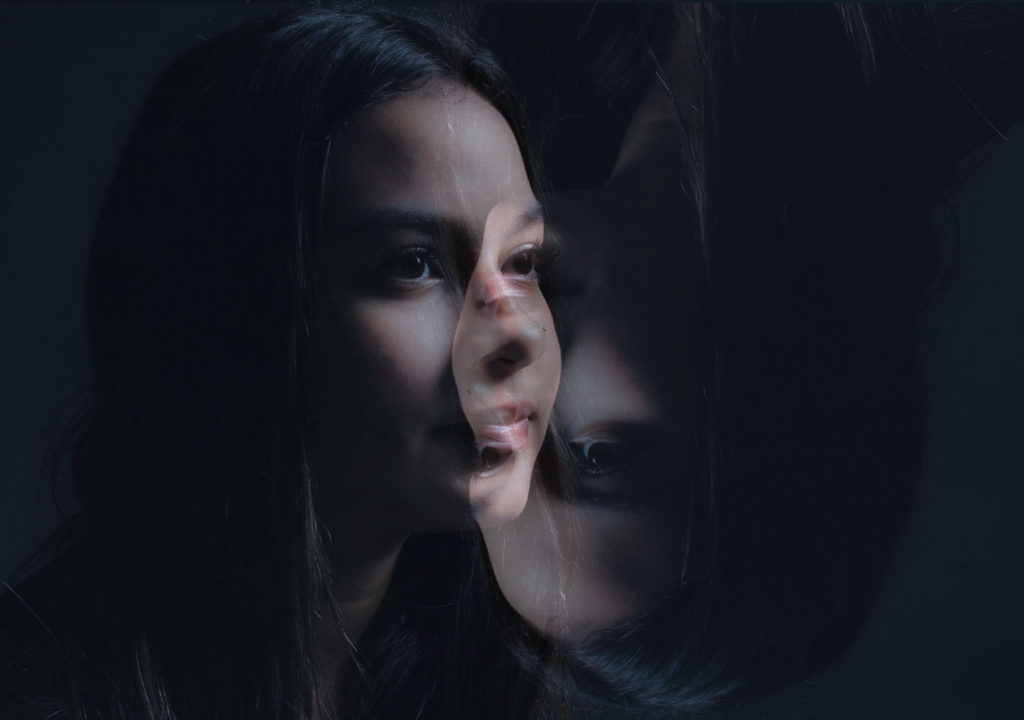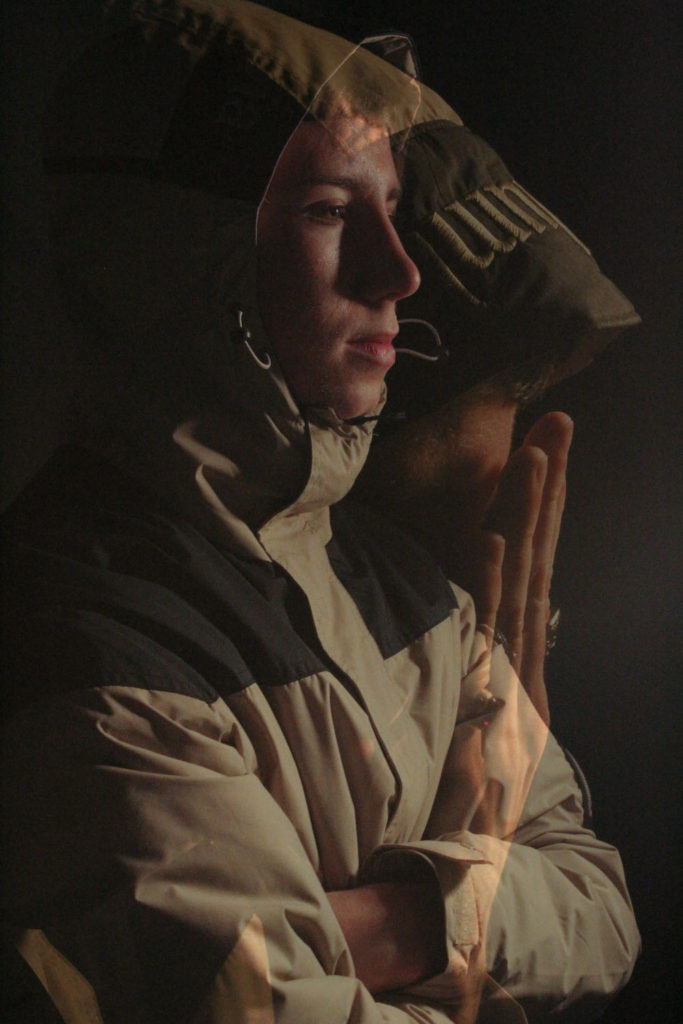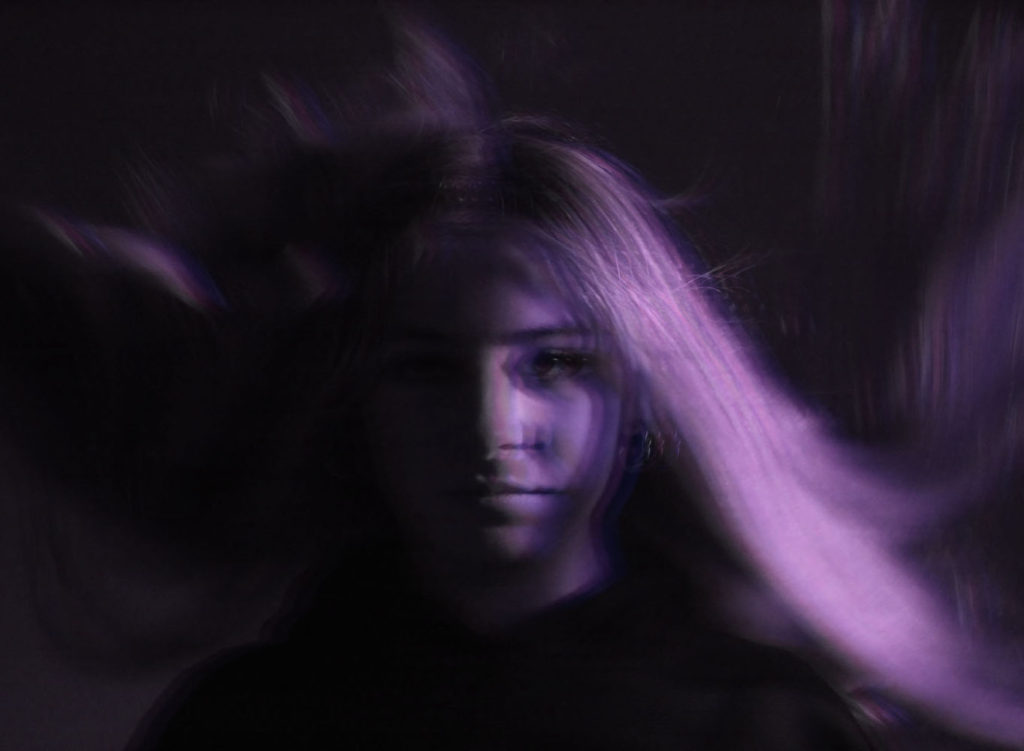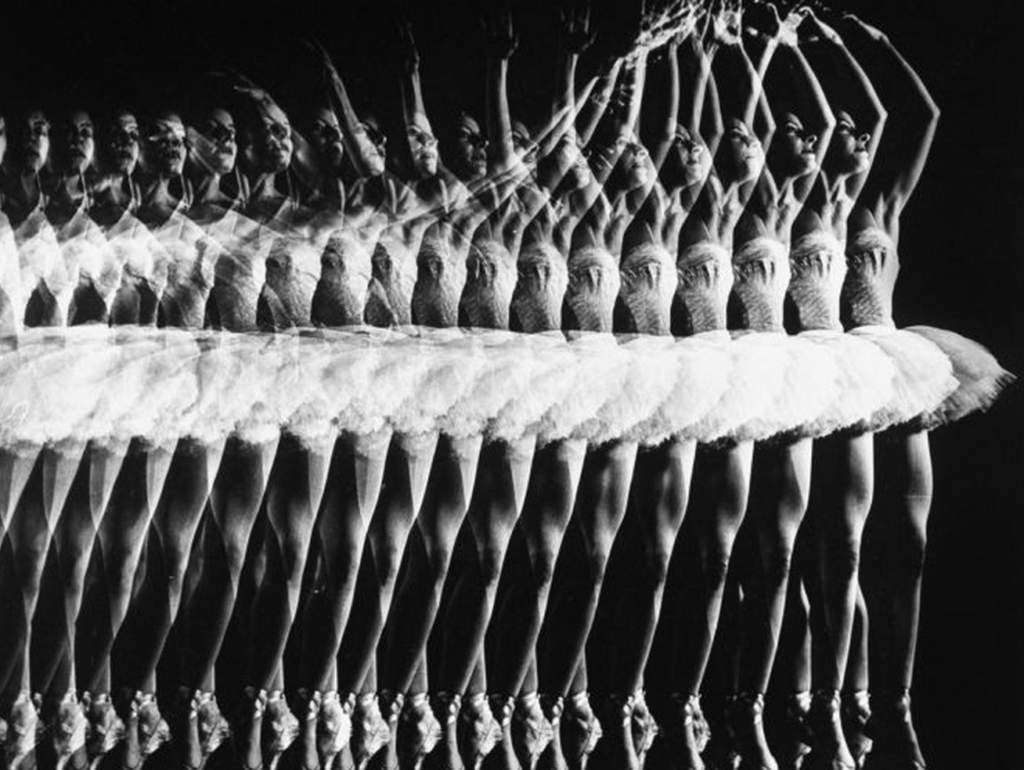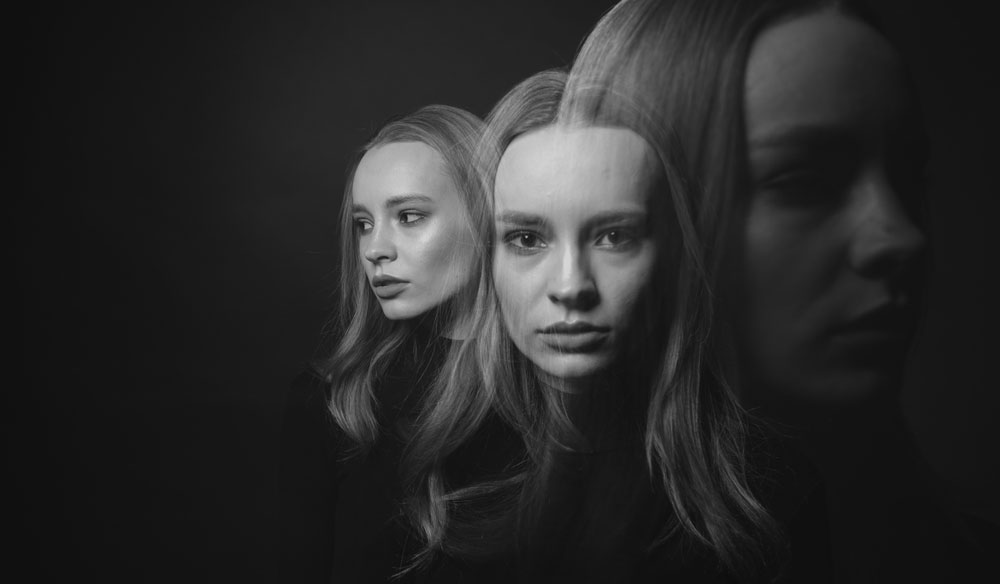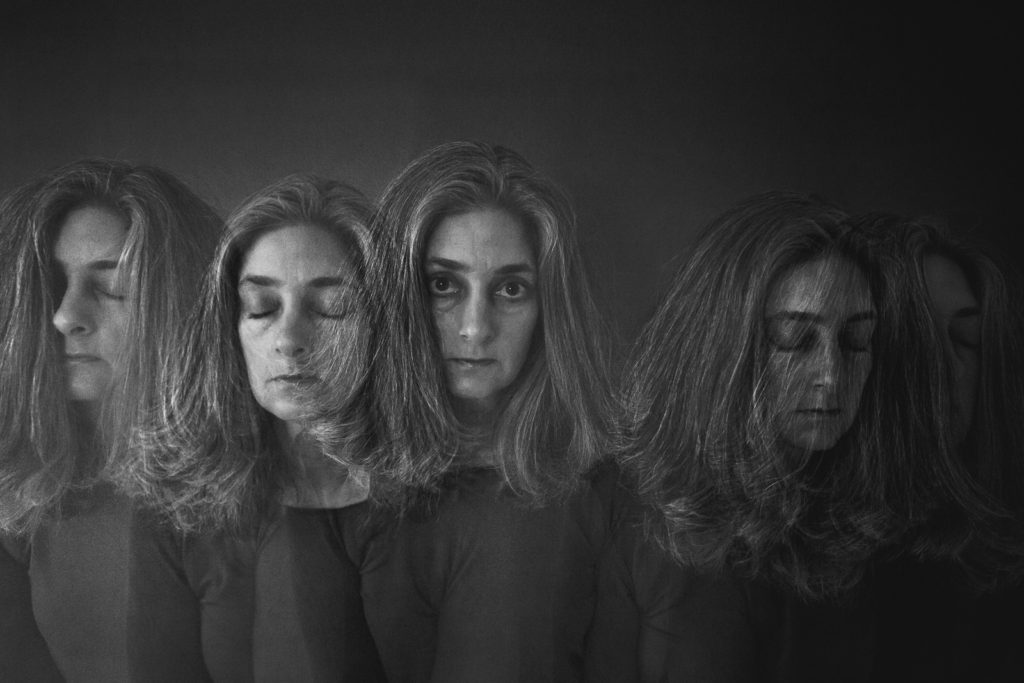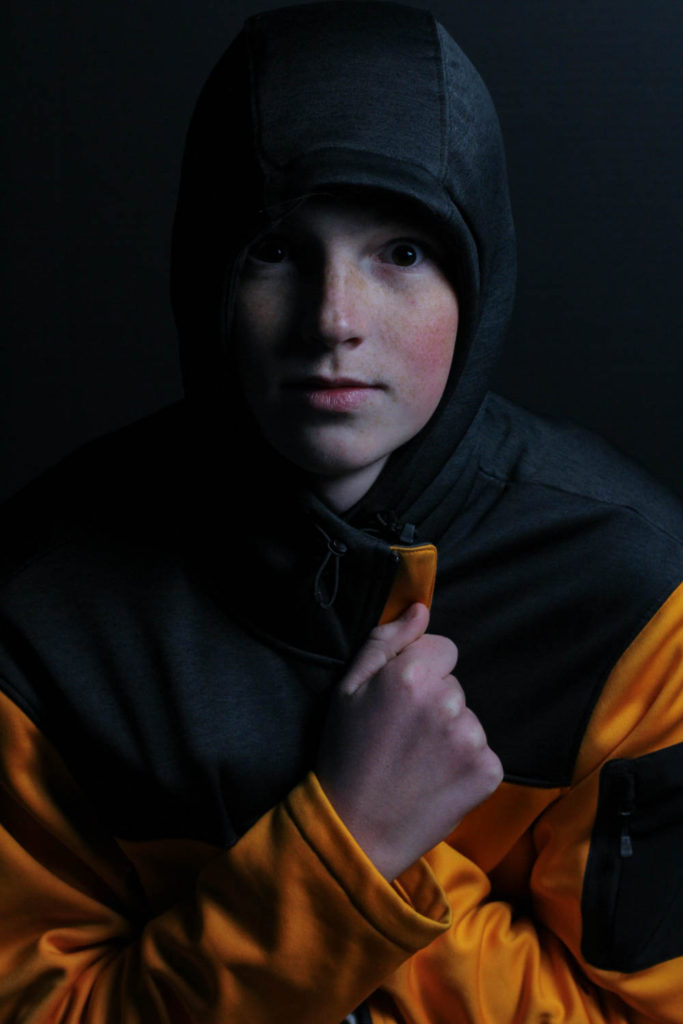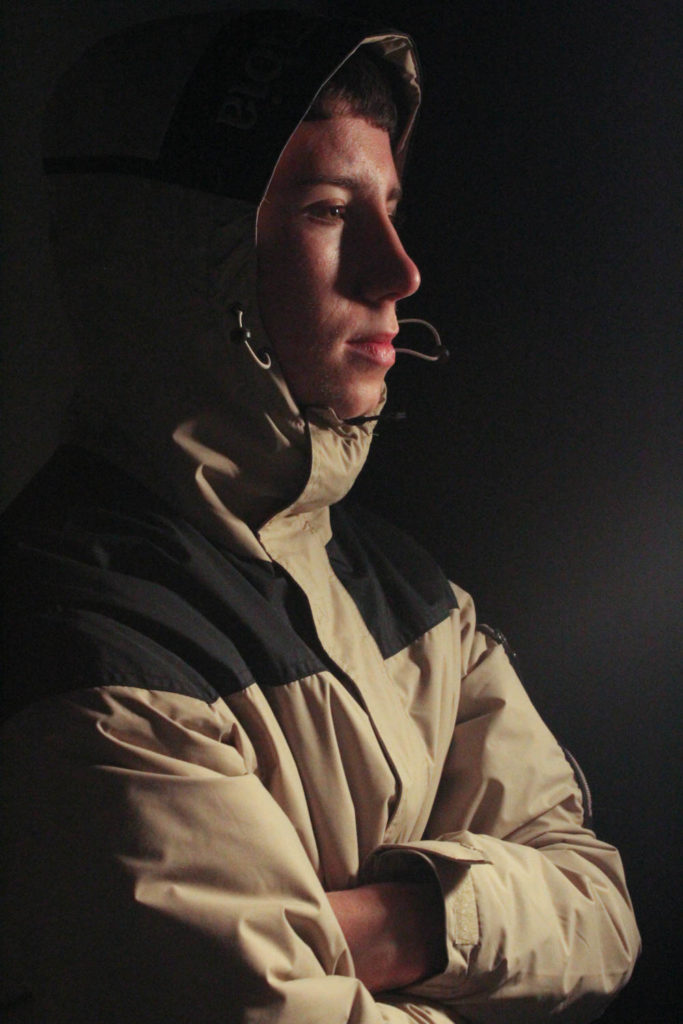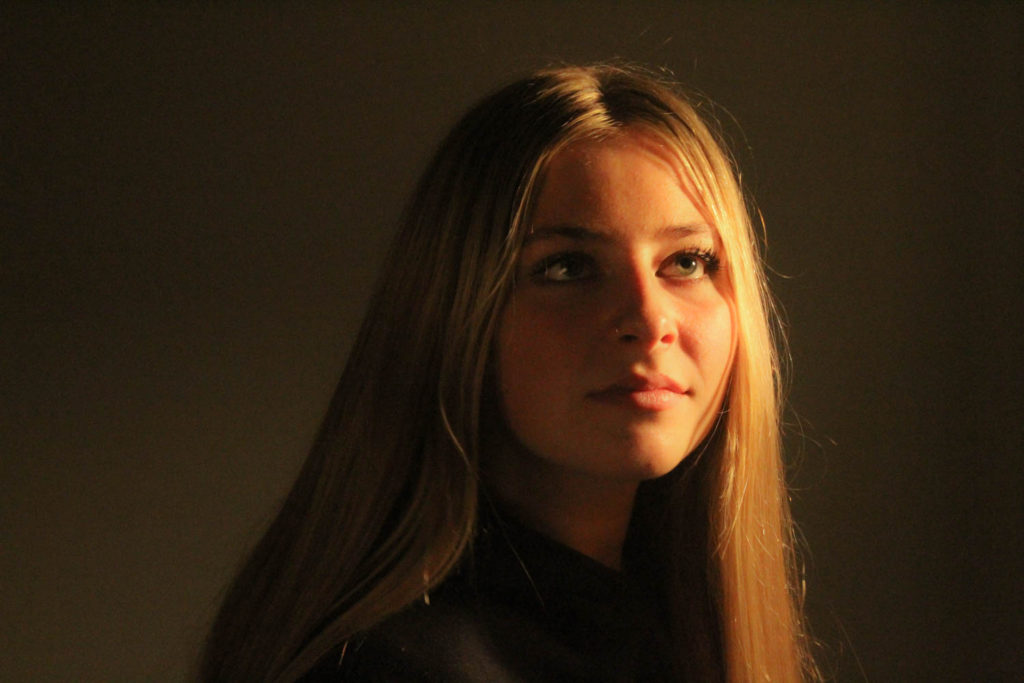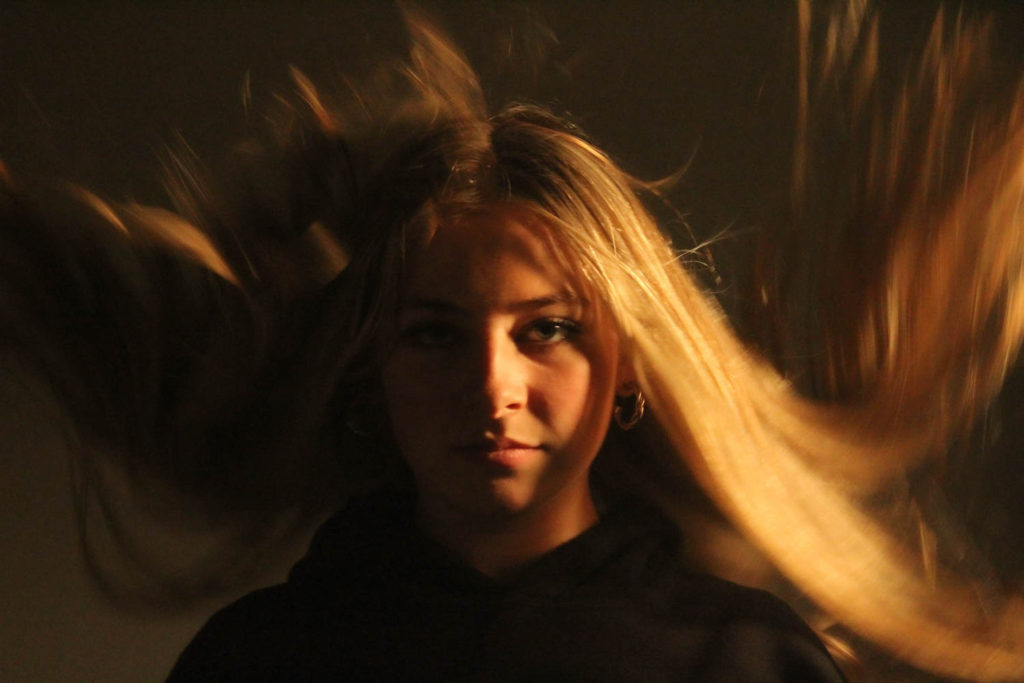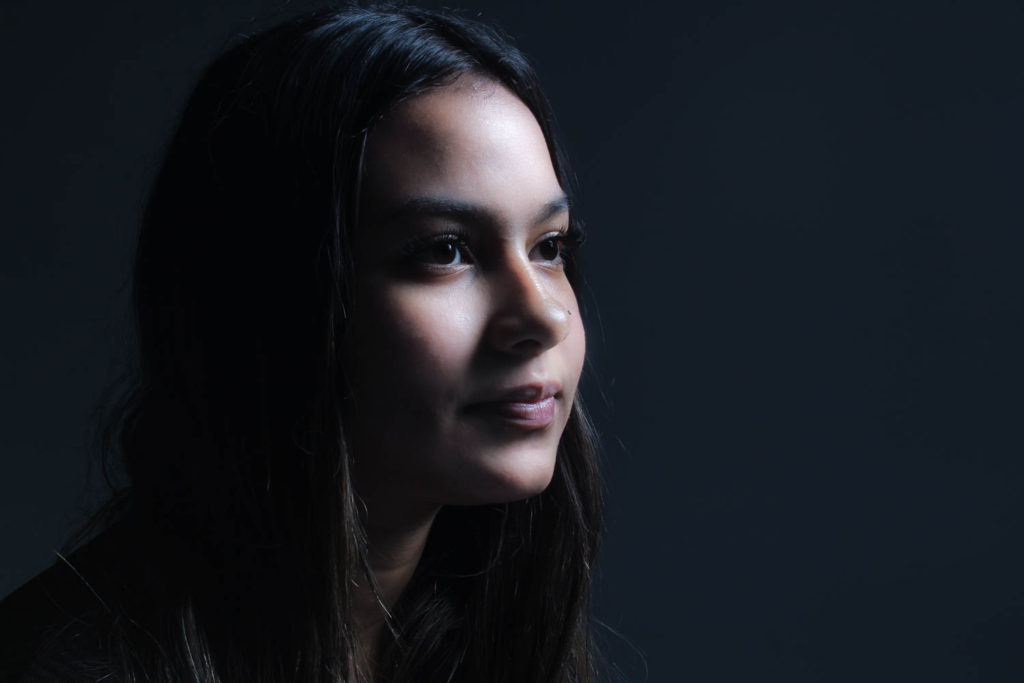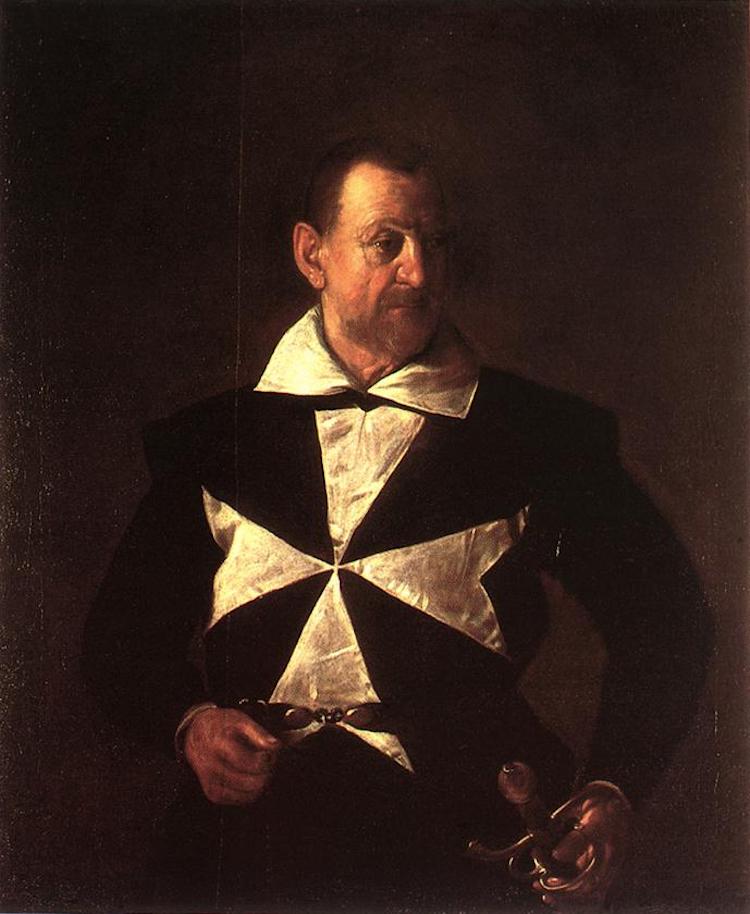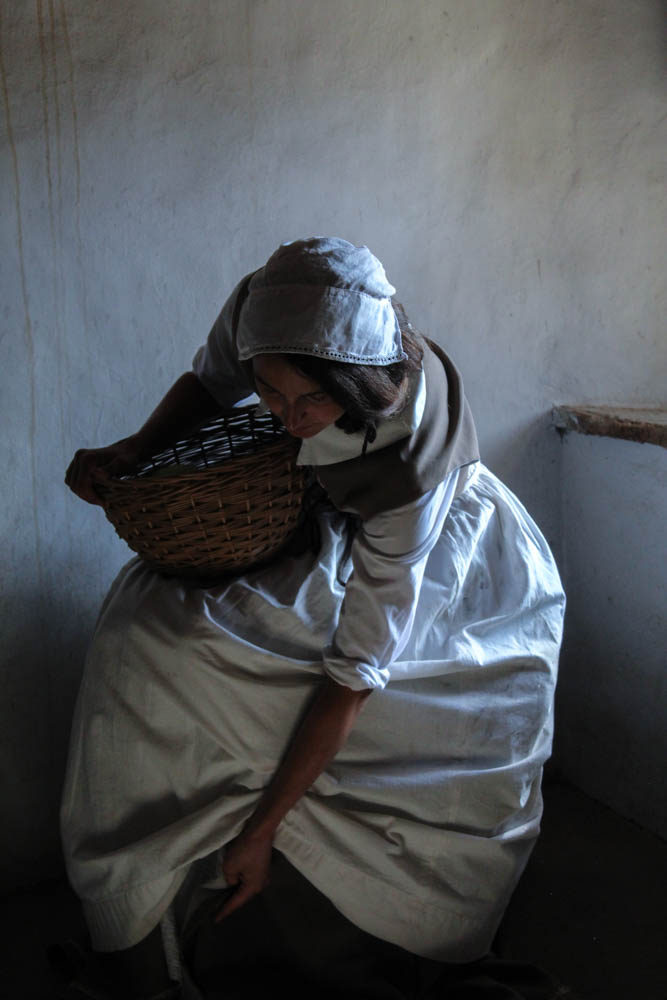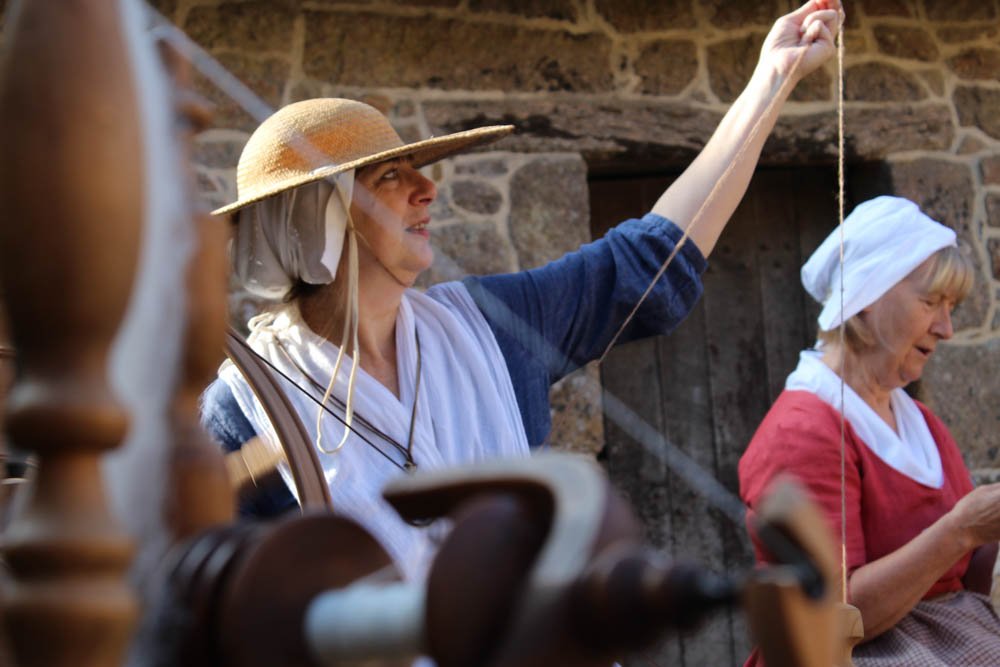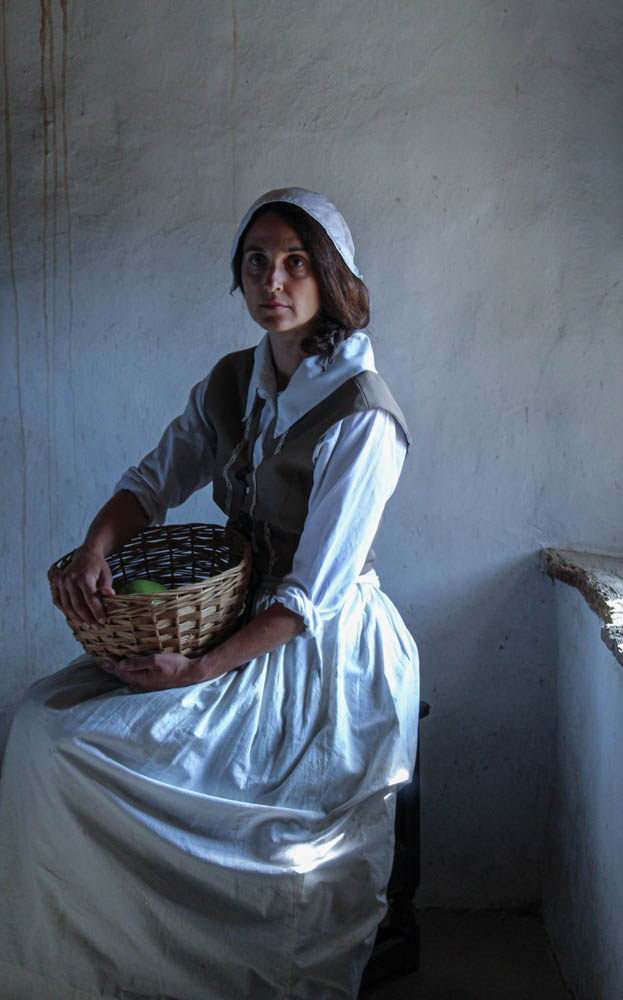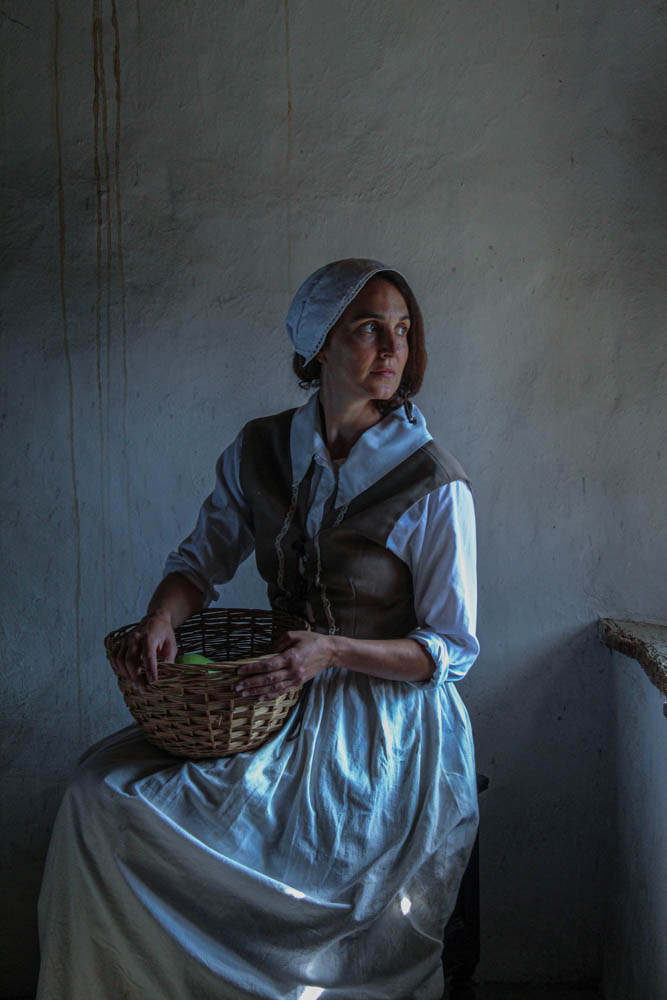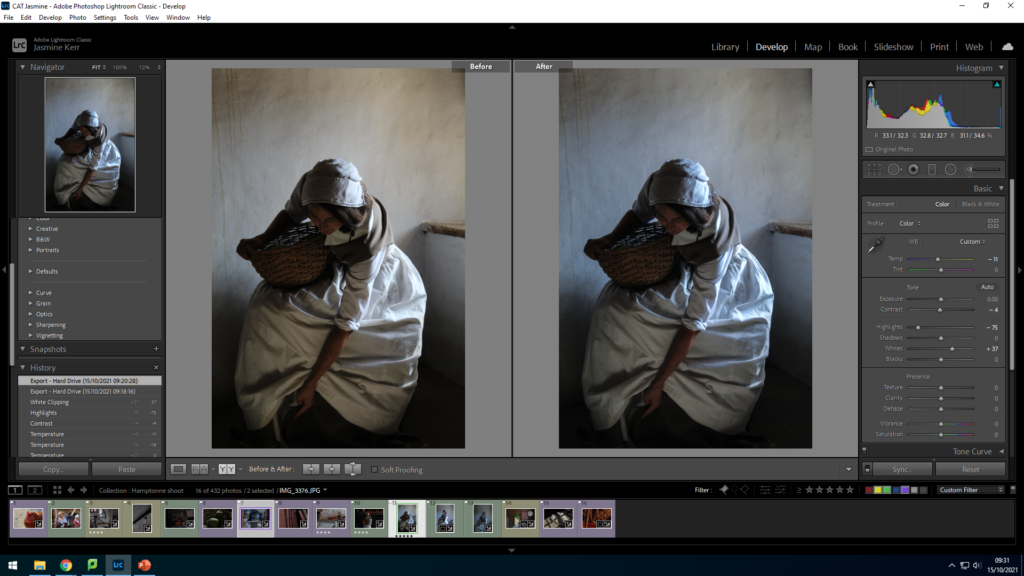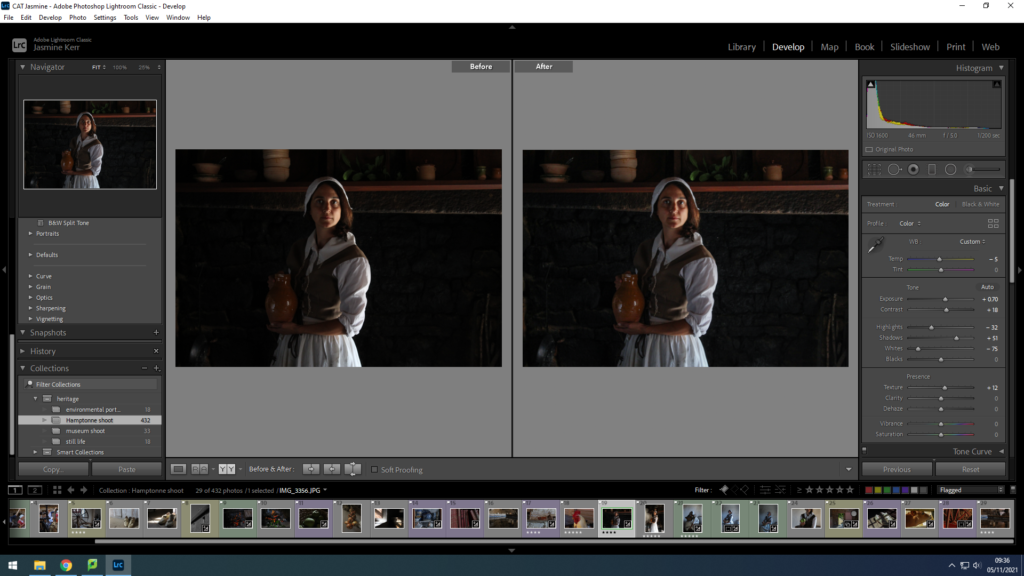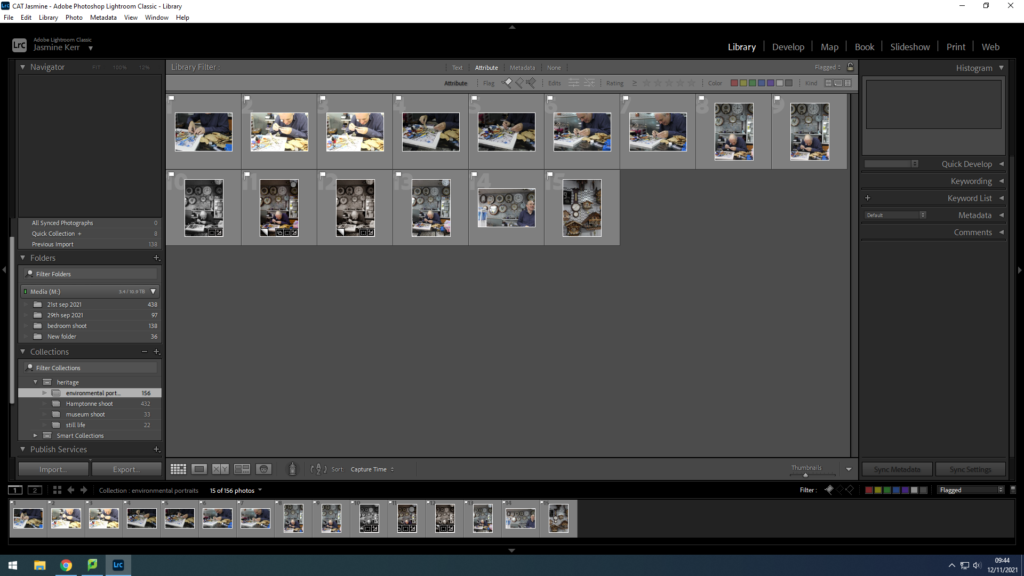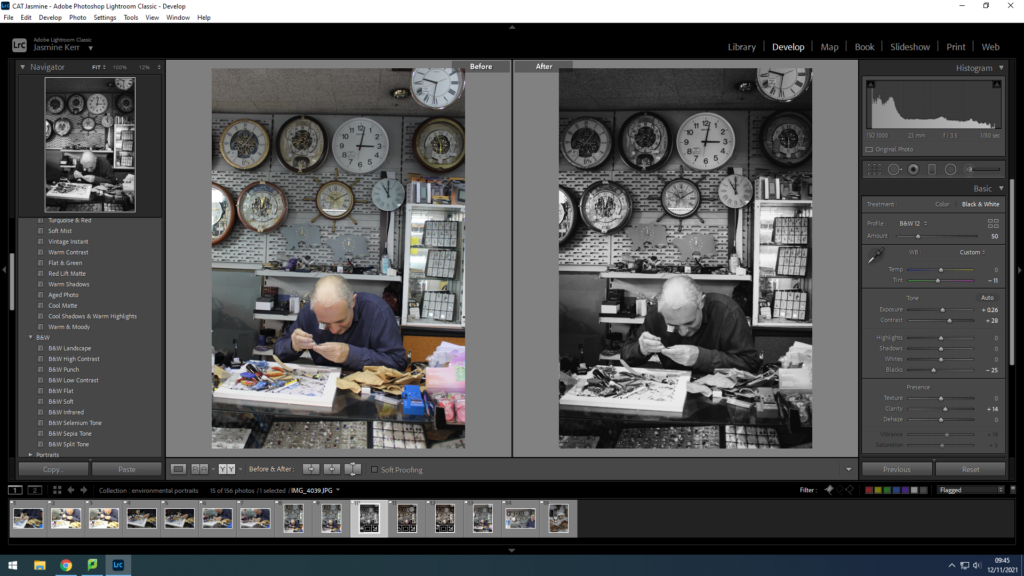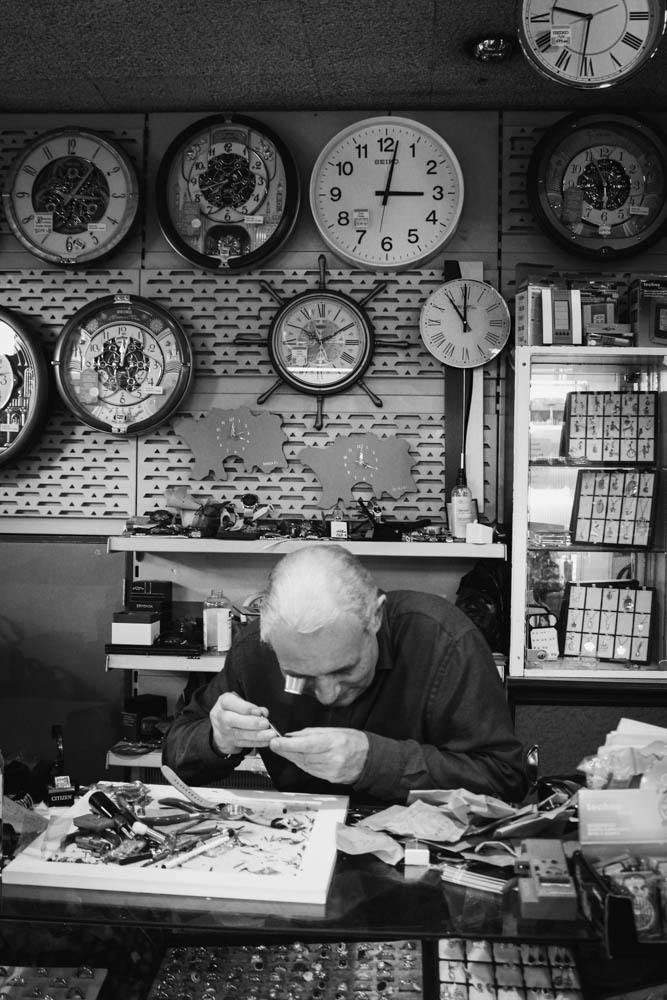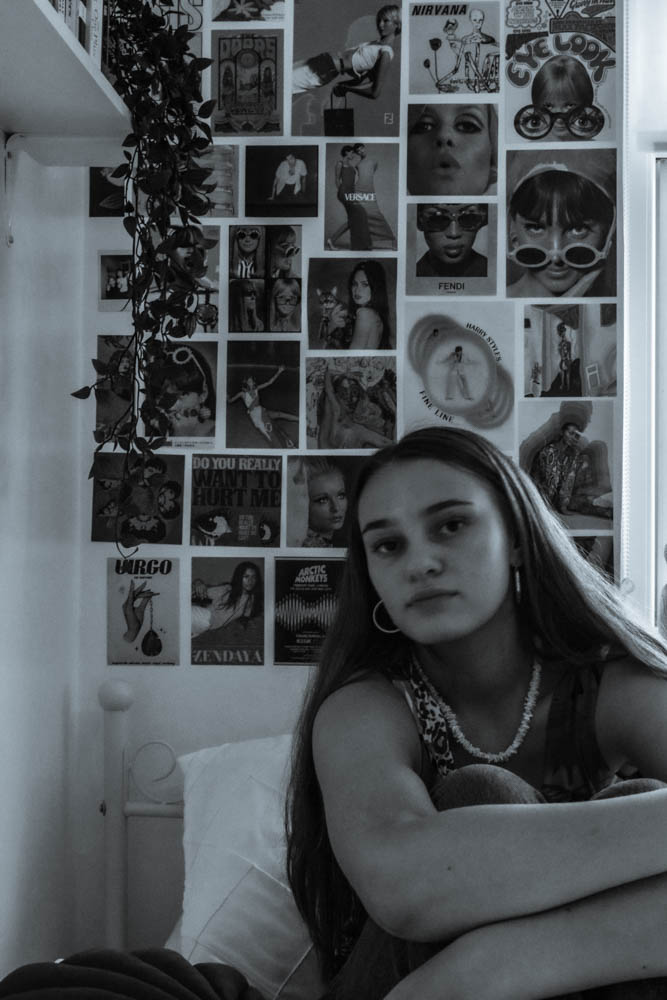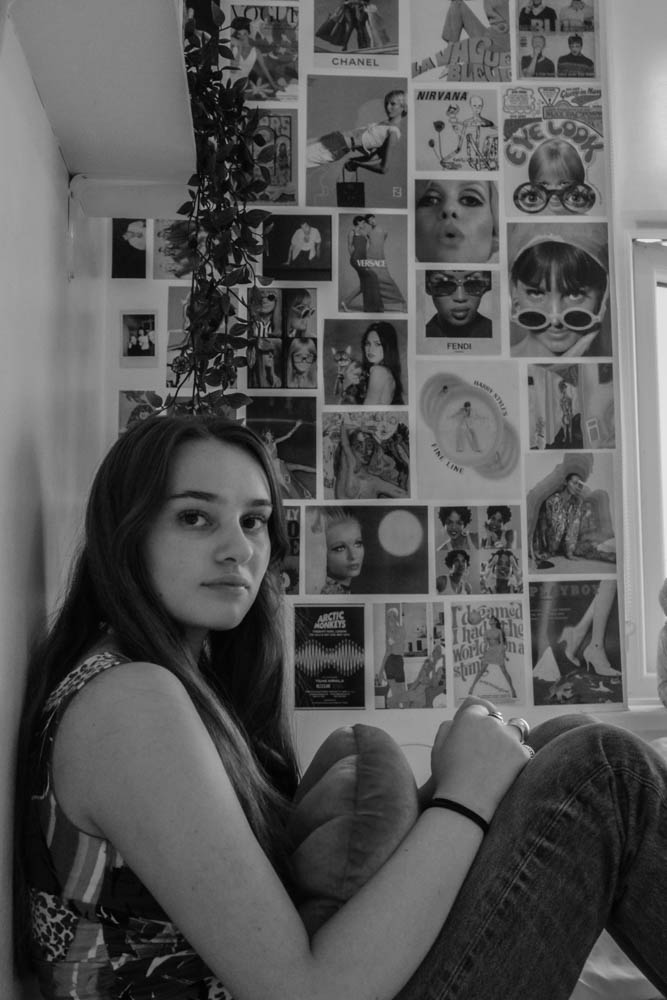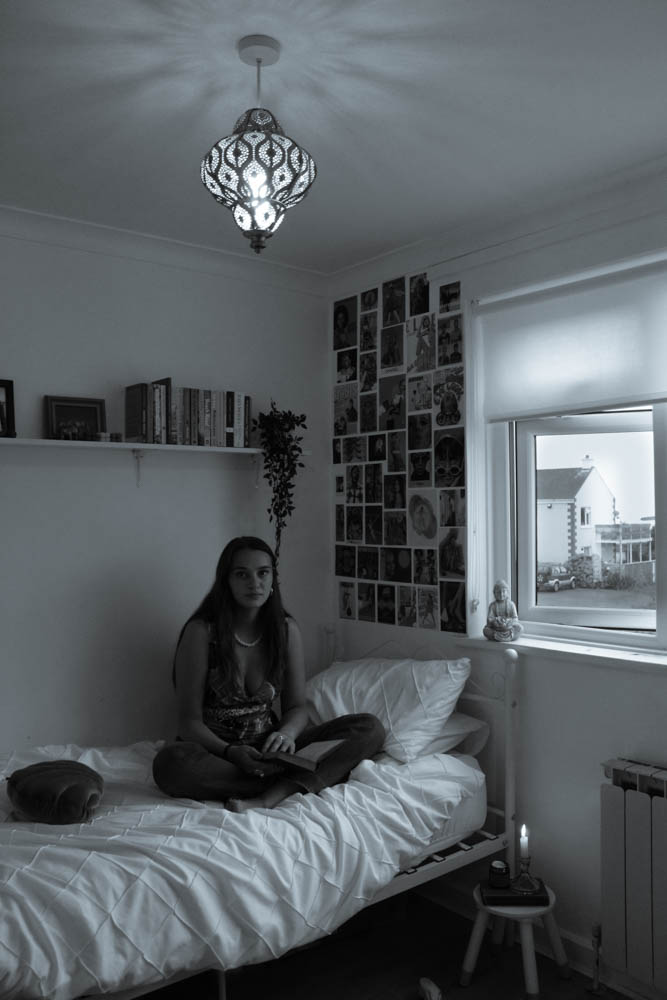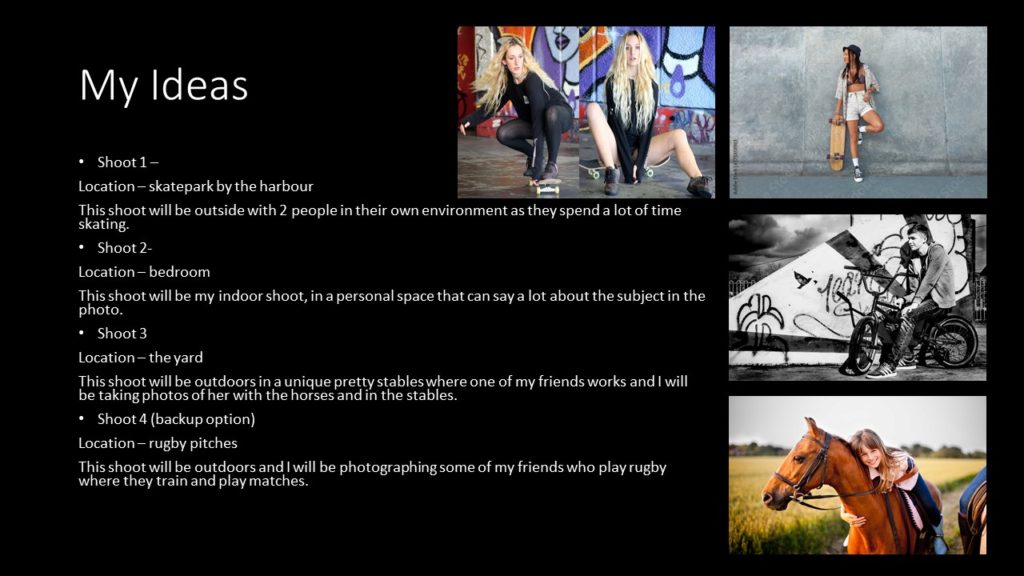camera obscura
Camera obscura, meaning darkened room in Latin, is a device in a shape of a box or a room that lets the light through a small opening on one side and projects it on the other. In this simple variant, image that is outside of the box is projected upside-down. More complex cameras can use mirrors to project image upwards and right-side up and they can also have lenses. Camera obscura is used as an aid for drawing and entertainment.
Nicephore Niepce
Nicephore niepce was the first person to make a photographic image.To make the heliograph, Niépce dissolved light-sensitive bitumen in oil of lavender and applied a thin coating over a polished pewter plate. He inserted the plate into a camera obscura and positioned it near a window in his second-story workroom.
Louis Daguerre
Louis Daguerre called his invention “daguerreotype.” His method, which he disclosed to the public late in the summer of 1839, consisted of treating silver-plated copper sheets with iodine to make them sensitive to light, then exposing them in a camera and “developing” the images with warm mercury vapor.
Daguerreotype
The daguerreotype was the first commercially successful photographic process (1839-1860) in the history of photography. Named after the inventor, Louis Jacques Mandé Daguerre, each daguerreotype is a unique image on a silvered copper plate. A daguerreotype is not flexible and is rather heavy. The daguerreotype is accurate, detailed and sharp. It has a mirror-like surface and is very fragile. Since the metal plate is extremely vulnerable, most daguerreotypes are presented in a special housing.
Henry Fox Talbot
Fox Talbot went on to develop the three primary elements of photography: developing, fixing, and printing. Although simply exposing photographic paper to the light produced an image, it required extremely long exposure times. By accident, he discovered that there was an image after a very short exposure. Although he could not see it, he found he could chemically develop it into a useful negative. The image on this negative was then fixed with a chemical solution. This removed the light-sensitive silver and enabled the picture to be viewed in bright light. With the negative image, Fox Talbot realised he could repeat the process of printing from the negative. Consequently, his process could make any number of positive prints, unlike the Daguerreotypes. He called this the ‘calotype’ and patented the process in 1841.
Richard Maddox
In 1871 Richard Leach Maddox, an English physician, suggested suspending silver bromide in a gelatine emulsion, an idea that led, in 1878, to the introduction of factory-produced dry plates coated with gelatine containing silver salts. This event marked the beginning of the modern era of photography.
George Eastman
In 1880 he perfected a process of making dry plates for photography and organized the Eastman Dry Plate and Film Company for their manufacture. The first kodak (a name he coined) camera was placed on the market in 1888. It was a simple handheld box camera containing a 100-exposure roll of film that used paper negatives. Consumers sent the entire camera back to the manufacturer for developing, printing, and reloading when the film was used up; the company’s slogan was “You press the button, we do the rest.” In 1889 Eastman introduced a roll film on a transparent base, which has remained the standard for film. In 1892 he reorganized the business as the Eastman kodak company . Eight years later he introduced the brownie camera , which was intended for use by children and sold for one dollar. By 1927 Eastman Kodak had a virtual monopoly of the photographic industry in the United States, and it has continued to be one of the largest American companies in its field.
print/film photography
print and film photography is where you print physical images that are taken on old fashioned cameras.
Digital photography
digital photography uses modern day cameras and sd cards to take state of the art photos with expensive and clever cameras.
